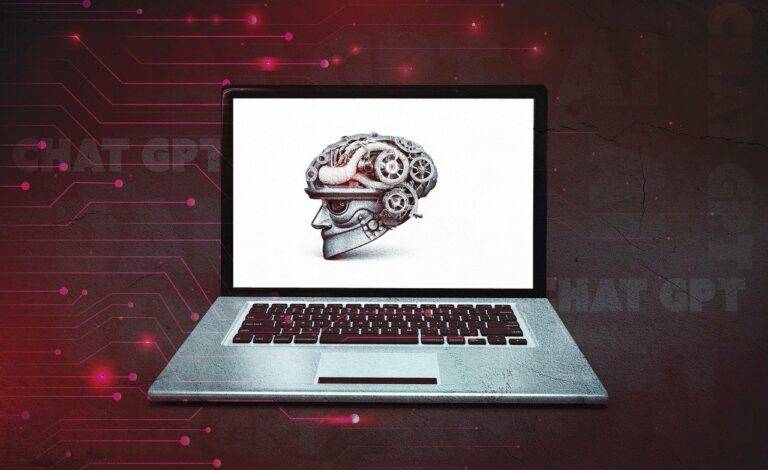The Role of AI in Autonomous Traffic Management Systems
Autonomous traffic management systems rely on several key components to function effectively. Central to these systems are advanced sensors, such as cameras, radar, and lidar, which provide real-time data on traffic conditions. These sensors enable the system to monitor and analyze traffic patterns, congestion levels, and potential hazards on the road.
In addition to sensors, communication infrastructure plays a crucial role in autonomous traffic management systems. By utilizing vehicle-to-infrastructure (V2I) and vehicle-to-vehicle (V2V) communication technologies, these systems can exchange data between vehicles and roadside equipment. This seamless communication network enables the system to send real-time traffic updates, control traffic signals, and coordinate autonomous vehicles, ultimately optimizing traffic flow and enhancing overall safety on the roads.
Challenges in Implementing AI in Traffic Management Systems
One of the primary challenges in implementing AI in traffic management systems is the need for robust infrastructure to support real-time data processing and analysis. AI algorithms require vast amounts of data to operate effectively, necessitating reliable networks and powerful computing capabilities. Without the appropriate infrastructure in place, the potential benefits of AI in traffic management may not be fully realized.
Another obstacle is the integration of AI technologies with existing traffic management systems. The compatibility of AI algorithms with legacy systems and the interoperability of different software components can pose significant challenges. Ensuring seamless integration and synchronization between AI applications and traffic control mechanisms is crucial for the successful implementation of AI in traffic management systems.
What are the key components of autonomous traffic management systems?
The key components of autonomous traffic management systems include sensors for data collection, AI algorithms for decision-making, communication networks for real-time information exchange, and actuators for implementing control actions.
What are some of the challenges in implementing AI in traffic management systems?
Some of the challenges in implementing AI in traffic management systems include data quality and availability, algorithm complexity and interpretability, integration with existing infrastructure, and regulatory and ethical considerations.
How can data quality and availability pose a challenge in implementing AI in traffic management systems?
Data quality and availability are crucial for training AI algorithms in traffic management systems. Poor quality data or limited availability of data can lead to inaccurate predictions and decisions, impacting the overall performance of the system.
Why is algorithm complexity and interpretability a challenge in implementing AI in traffic management systems?
Complex AI algorithms used in traffic management systems may be difficult to interpret and explain, making it challenging for stakeholders to trust the decisions made by the system. Simplifying algorithms while maintaining accuracy is a key challenge.
How does integration with existing infrastructure pose a challenge in implementing AI in traffic management systems?
Integrating AI systems with existing traffic management infrastructure, such as traffic lights and road signs, can be complex and costly. Compatibility issues and the need for retrofitting can pose significant challenges in implementation.
What are some of the regulatory and ethical considerations in implementing AI in traffic management systems?
Regulatory considerations, such as data privacy and security regulations, as well as ethical considerations, such as accountability and transparency in decision-making, must be addressed to ensure the responsible deployment of AI in traffic management systems.





